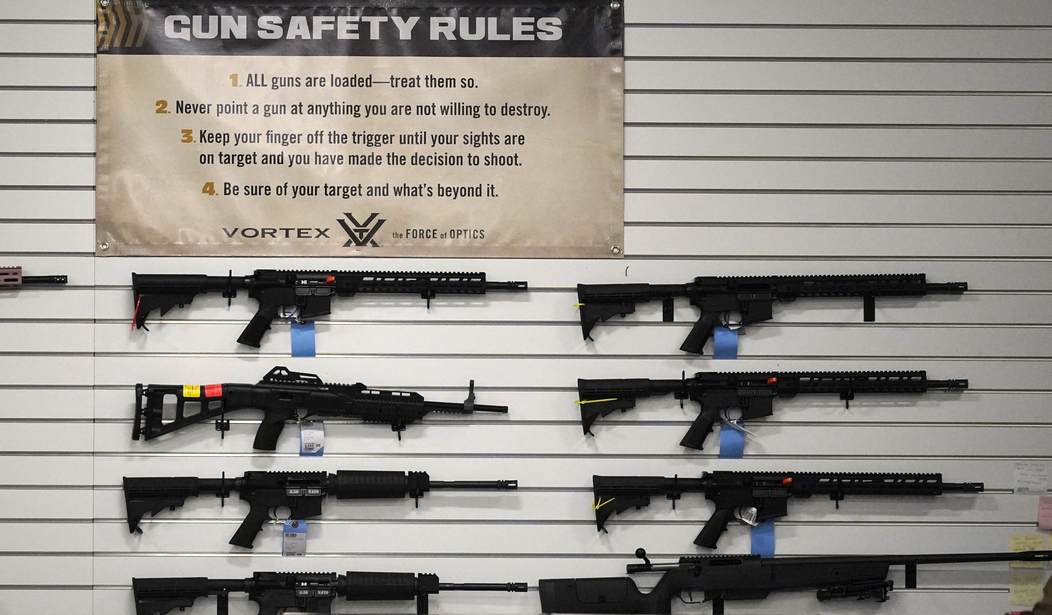A former engineer at Remington offered compelling testimony during the second day of the federal trial challenging the constitutionality of Illinois' semi-auto and magazine ban, laying out the differences between the rifles used by U.S. armed forces and the semi-automatic firearms prohibited by the Protect Illinois Communities Act.
James Ronkainen's testimony took up much of the day, and what he had to say could prove critically important. The Seventh Circuit Court of Appeals has suggested the state's ban comports with the text, history, and tradition of the Second Amendment and the right to keep and bear arms because the so-called assault weapons banned by PICA are "like" machine guns and therefore fall outside the scope of the Second Amendment. Ronkainen offered a solid counter to the Seventh Circuit's assumptions, laying out in great detail the many differences between the arms used by the military and those available to civilians.
Plaintiffs’ attorney Thomas Maag explained the impact of his testimony.“The witness explained correctly that there is a distinction in the AR-15 and the M16 lower receivers and internal parts,” Maag said after court adjourned for the day Tuesday. “You cannot simply put fully automatic parts in a run of the mill semi-automatic AR-15.” He said he’s never seen a modified AR-15 “in the wild.”
Ronkainen testified modifying an AR-15 to be full auto would be illegal by federal law and would be dangerous as military spec burst and full auto firearms are built with different and more durable components than commercially available semi-automatic only firearms. He also said he never had any military contract ask for AR-15 or similar semi-automatic only systems, or any AR-15 with bumpstocks or trigger cranks, devices that speed up the rate of fire for semi-automatic firearms.
Litigants also discussed with Ronkainen various reports from the ATF about the numbers of manufactured rifles from more than 80 different manufacturers. The numbers of semi-automatic firearms was illusive as the ATF reports don’t indicate the difference between a bolt action and semi-automatic rifle, but Ronkainen said just by reviewing numbers from manufacturers that only make modern sporting rifles, there are hundreds of thousands of them produced each year.









Join the conversation as a VIP Member